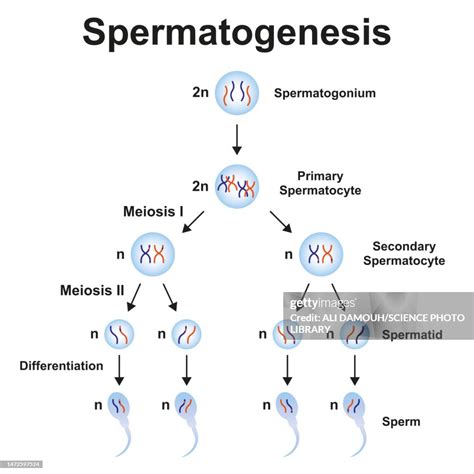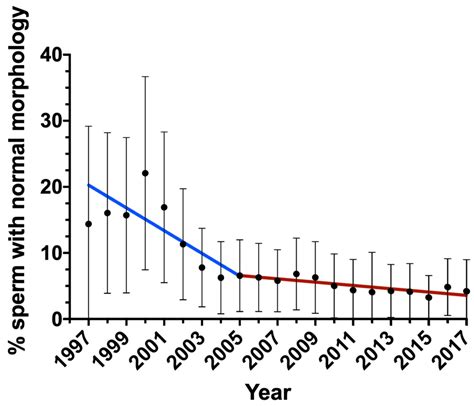The Continuous Miracle: Spermatogenesis Explained
The human body is a marvel of biological engineering, and few processes exemplify this more than the continuous production of sperm in a healthy adult male. Far from a finite supply, sperm are constantly being generated, ensuring the potential for reproduction remains high throughout a man’s fertile years. This incredible feat of cellular renewal is a testament to the body’s efficiency.
On average, a healthy adult male produces an astonishing 100 to 200 million sperm per day. This number can fluctuate based on various individual factors, but the underlying mechanism ensures a steady and robust supply.

Understanding Spermatogenesis: The Factory of Life
The process of sperm production, known as spermatogenesis, is a highly organized and continuous cycle that takes place within the seminiferous tubules of the testes. It begins with spermatogonia, which are stem cells that undergo mitosis to produce more stem cells or cells that will eventually mature into sperm.
These cells then enter meiosis, a specialized type of cell division that reduces the number of chromosomes by half, creating spermatids. Finally, spermatids undergo spermiogenesis, a process of maturation and morphological change, developing the characteristic head, midpiece, and tail of a mature spermatozoon. This entire journey from stem cell to mature sperm takes approximately 64-72 days.

The Astonishing Numbers: Why So Many?
The daily output of hundreds of millions of sperm might seem excessive, but there’s a biological rationale behind these high numbers. For successful fertilization to occur, sperm face a challenging journey through the female reproductive tract, encountering numerous obstacles and hostile environments.
Only a tiny fraction of ejaculated sperm ever reach the egg, and even fewer successfully penetrate it. Therefore, producing vast quantities significantly increases the probability of at least one sperm achieving its ultimate goal. This ensures reproductive success despite the inherent inefficiencies of the fertilization process.

Factors Influencing Sperm Production
While the average production is consistently high, several factors can influence the rate and quality of sperm production:
- Hormonal Balance: Hormones such as testosterone, follicle-stimulating hormone (FSH), and luteinizing hormone (LH) play critical roles in regulating spermatogenesis. Imbalances can significantly impact production.
- Lifestyle Choices: Diet, exercise, stress levels, smoking, excessive alcohol consumption, and drug use can all affect sperm count and quality. A healthy lifestyle generally supports robust sperm production.
- Environmental Factors: Exposure to certain toxins, pesticides, heavy metals, and even excessive heat (e.g., from prolonged hot baths or tight underwear) can negatively impact testicular function.
- Age: While men can produce sperm well into old age, both the quantity and quality of sperm tend to decline gradually after the age of 35-40.
- Overall Health: Chronic illnesses, infections, and certain medications can also interfere with sperm production.

Lifespan and Fertility Implications
Once produced, sperm can be stored in the epididymis for several weeks, where they complete their maturation and acquire motility. However, outside the male body, their lifespan is much shorter. In the female reproductive tract, sperm can survive for typically 3 to 5 days under optimal conditions, awaiting the release of an egg.
The continuous daily production is crucial for maintaining fertility, as it ensures a fresh supply of viable sperm is always available for ejaculation, maximizing the chances of conception during a woman’s fertile window.

Conclusion: A Testament to Biological Efficiency
The average daily production of 100 to 200 million sperm in a healthy adult male is a remarkable biological process. It highlights the body’s dedication to reproductive success, ensuring that despite the challenges of fertilization, the opportunity for new life remains consistently available. Understanding this intricate process underscores the importance of maintaining overall health and lifestyle choices that support optimal male reproductive function.




